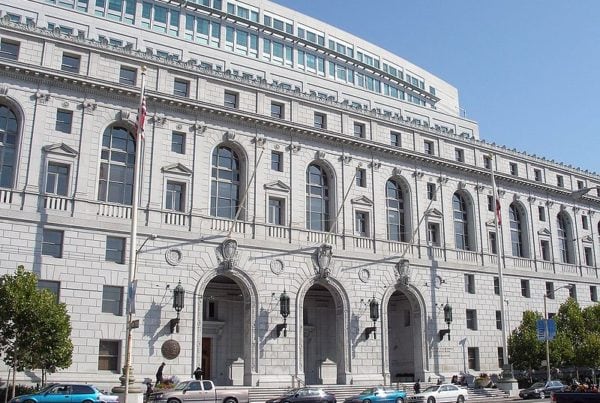Patricia Guerrero, California’s first Latina chief justice, stressed recent gains in diversity in the state’s judicial branch during her first State of the Courts address March 27.
“California’s court system continues to become more diverse and more reflective of the wide variety of communities we serve. At every level of court operations, it’s now possible for a member of the public to see someone who looks like them, or who has a background and identity like them,” Guerrero said.
Guerrero








